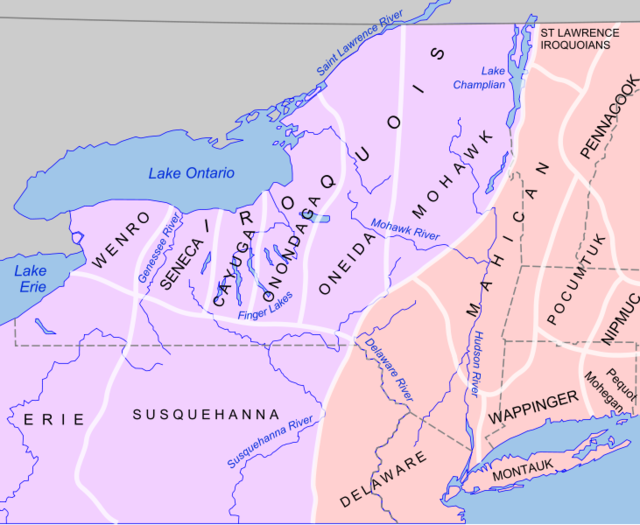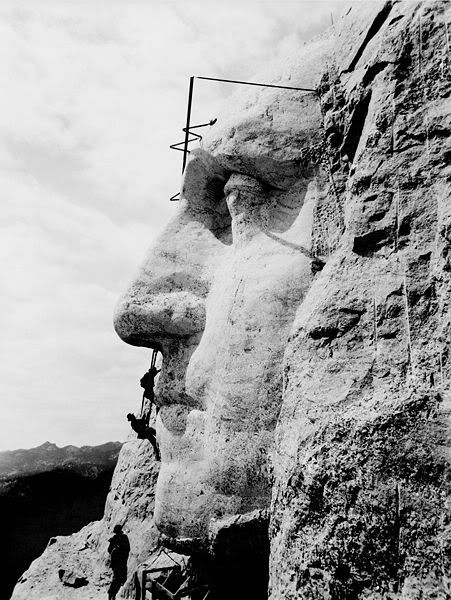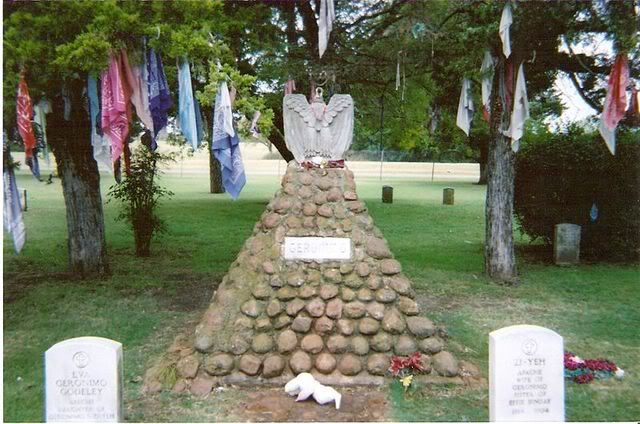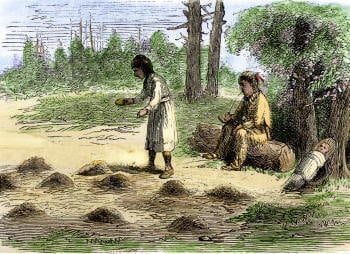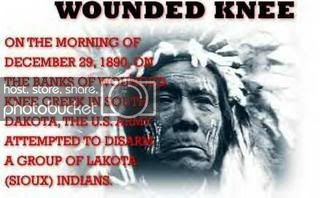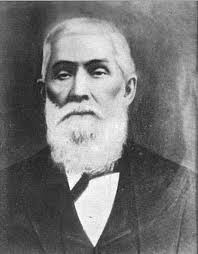The Ancestors of the Iroquois
When the Dutch and the French, and later the English, began to enter into what would become New York State searching for trading partners in the seventeenth century, they encountered a large, well-organized alliance of tribes known as the Iroquois. The League of Five Nations, also known as the Iroquois Confederacy, was composed of five … Continued
